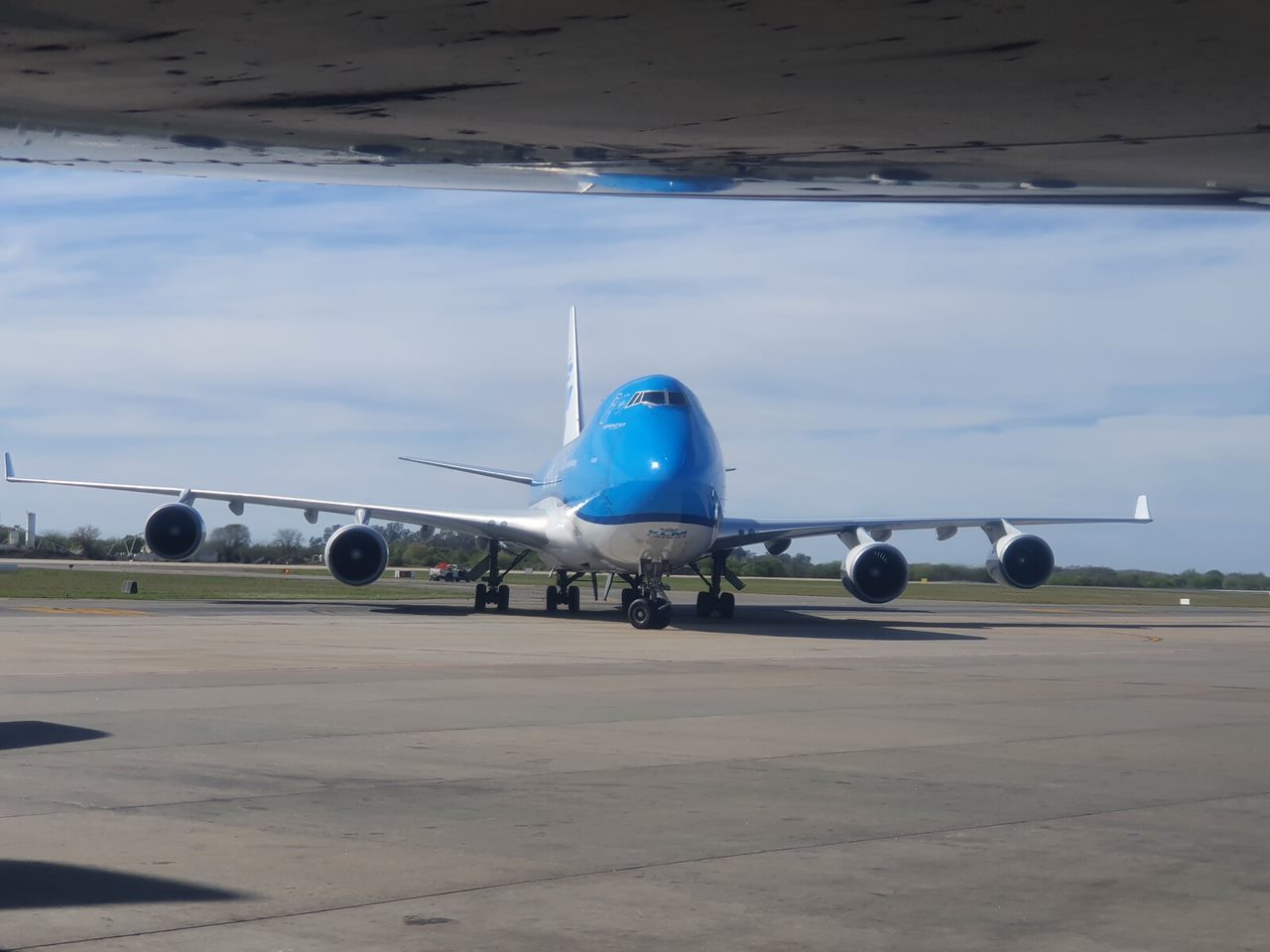An aircraft maintenance plan and the lease compliance are not always hand in hand – this is for several reasons such as operator specific requirements customizing the maintenance plan for the aircraft and conditions, they operate in as such awareness of this, and an overview of the maintenance plan is essential during any lease or lease return.
An aircraft will always require maintenance to remain in an airworthy condition and to operate safely. There are 2 main types of maintenance that are required the planned and the unplanned!
One we can control and schedule, while the other we can do a lot to predict and monitor, but there will always be elements we cannot control and so must react to a situation – such as lightning strikes, bird strikes or component failure.
To an element the lease will make conditions for both – the non-planned maintenance is a reaction to a fault, event or condition that occurred that is non normal; some defects can be one off events, they might be non-able to replicate on the ground or they might be ongoing events. The lease can address these with a clause noting “repeat” defects or occurrences. This means if an aircraft has a history of a fault prior to hand back or lease out and it continues then the rectification of this issue is typically chargeable as a condition of the lease is that the aircraft was provided in a certain condition.
The planned maintenance is also dealt with and is much easier to deal with as we know what to expect and when. The lease will note that the aircraft must reflect a maintenance plan that is compliant to certain conditions such as threshold and interval data set back to baseline and not adjusted based on current operator requirements.
The main source document for planned maintenance will be typically derived from the Maintenance Review Board’s (MRB) recommendations and will be used to form the Maintenance Planning Data or MPD as it is more commonly known. This document will form the bulk of the aircraft maintenance and is developed by the OEM – such as Airbus, Boeing, or Embraer.
The MPD is a complex document detailing tasks to be carried out and intervals at which they must be carried out; the interval may be calendar time, flight cycles or flight hours. Based on the interval and task we must plan when to best carry out the maintenance.
The MPD is of course only one consideration for this maintenance, and it is important to check that all the relevant documents based on aircraft configuration and status are reflected in the maintenance plan. Other considerations can include airworthiness directives, repairs carried out, supplemental type certificates and modifications, specific operator equipment such as cabin items and engine or component manuals also plus various other sources.
It is a complex part of the review process to both audit and prepare for where both sides will have queries and want to detail compliance – it is a key area where airworthiness does not mean lease compliance.
Follow us on LinkedIn and for more and why not consider one of our courses such as the Aircraft Technical Records Course
